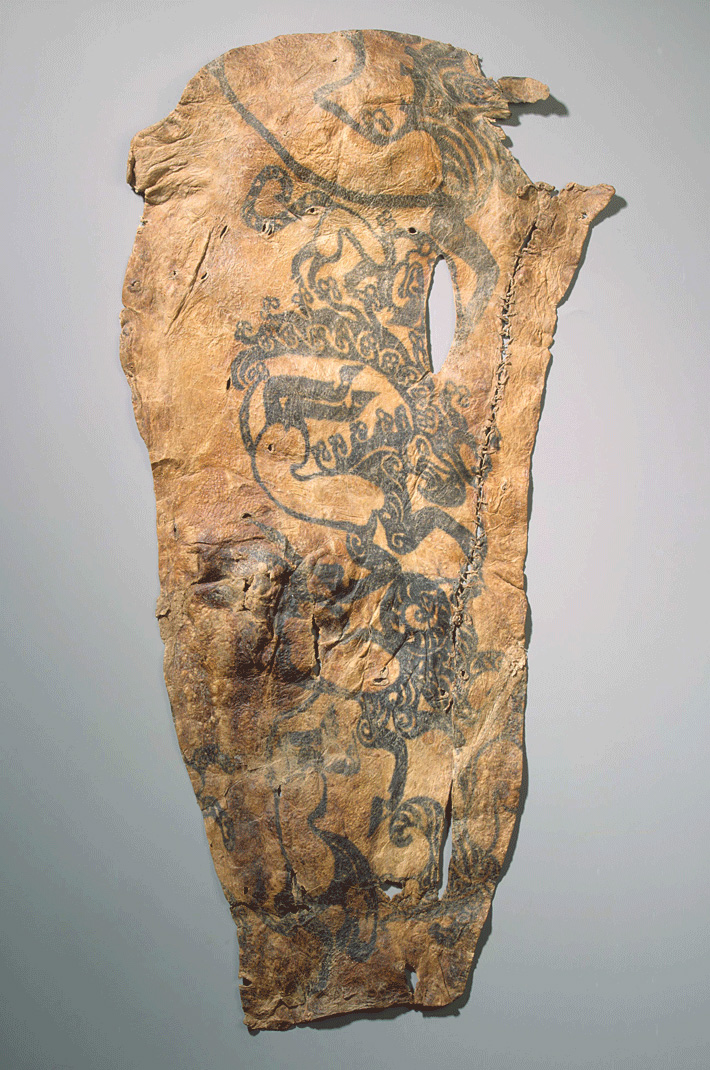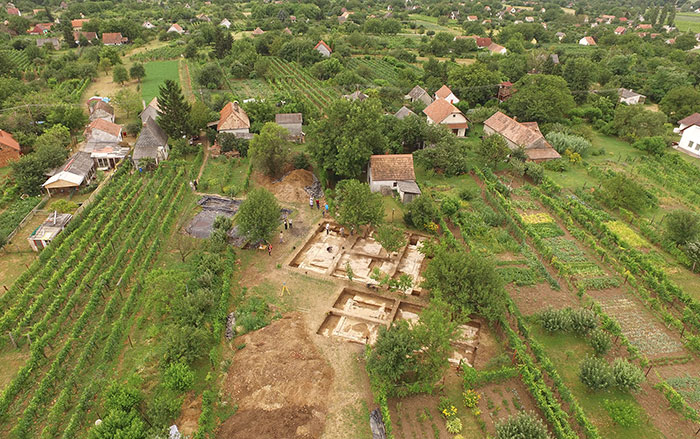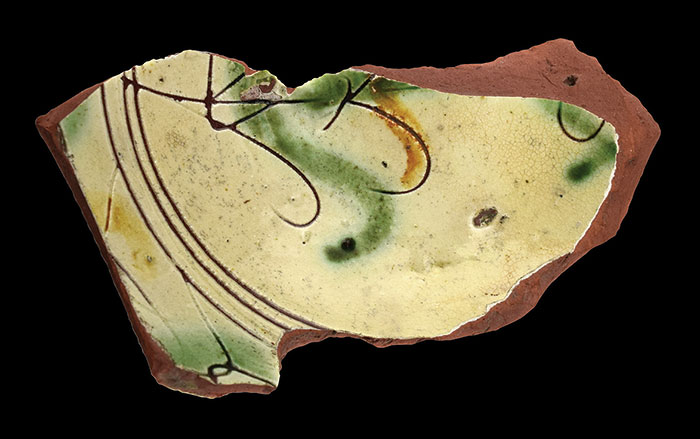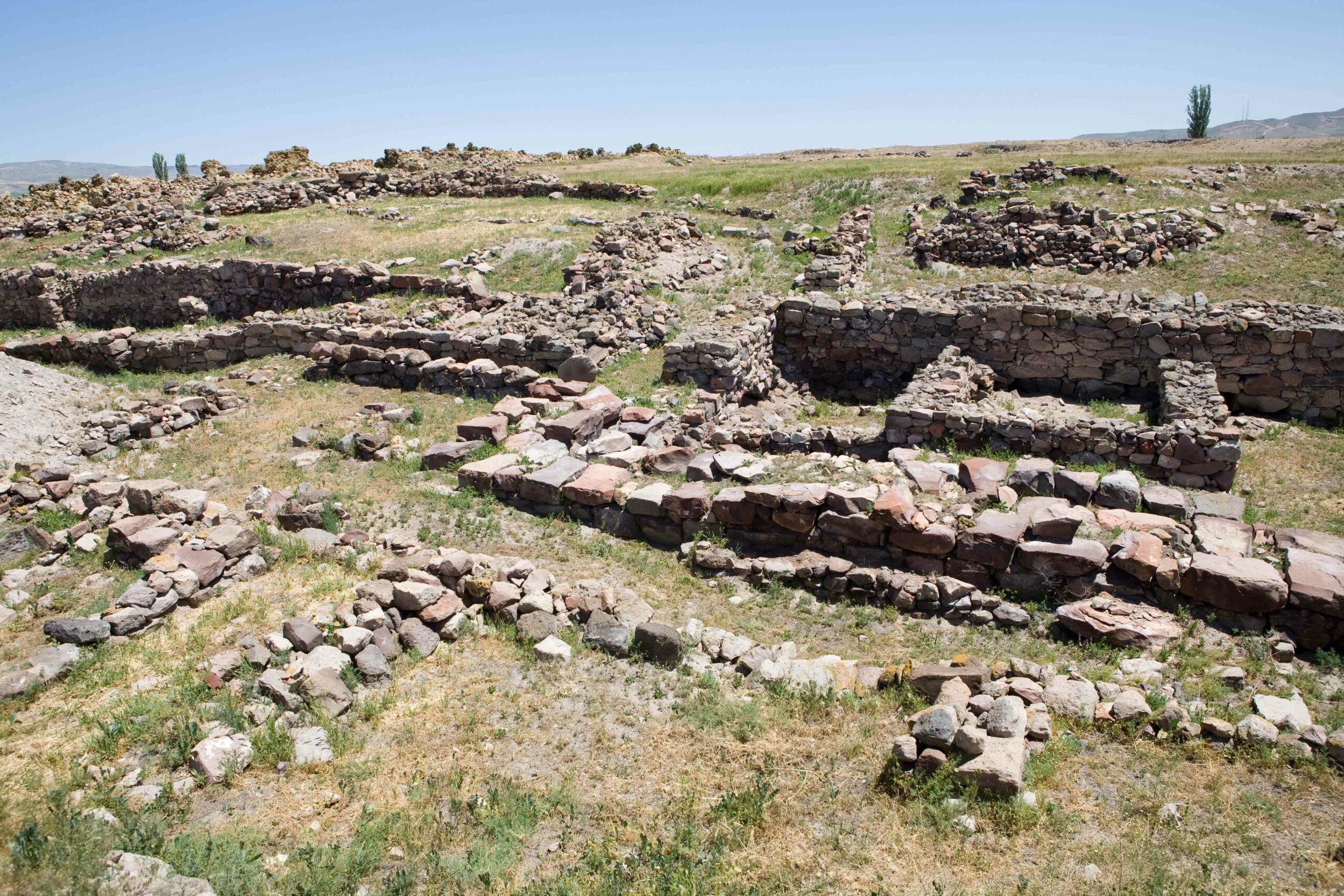
On the bank of a river in Siberia’s Tuva region, archaeologists have unearthed an Iron Age cemetery that held the remains of nobles of the Xiongnu Empire, a confederation of nomads that dominated much of Central Asia in the second century B.C. Tuva would have been on the northernmost fringe of the empire, but living on the frontier evidently didn’t keep Xiongnu noblewomen from being fashionable. A team led by St. Petersburg archaeologist Marina Kulinovskaya discovered that many of the women in the cemetery were buried with extravagant jewelry and other accessories. Some graves contained buckles made from bronze or stone that depicted fantastical creatures, as well as bulls, camels, horses, and sheep. Others were studded with turquoise, jade, and other semiprecious stones. Perhaps the most fashion-forward woman was buried with flame-shaped copper pendants. “The meaning of these isn’t clear,” says Kulinovskaya. “We haven’t found anything else like them.”











